In a recent development that brings a ray of hope to children with mobility challenges, Genrobotics unveiled India’s first robotic-assisted paediatric gait trainer, the G-Gaiter Paediatric, on Friday. The launch represents a transformative step in paediatric rehabilitation, especially for children suffering from conditions like cerebral palsy, muscular dystrophy, and spinal injuries. Held at Technopark’s C-DAC auditorium in Kerala, the event was graced by Kerala Health Minister Veena George, who handed over the first machine to Sabith Umer, Vice-chairman of the Kannur-based Thanal Group, a charitable trust.
The G-Gaiter Paediatric is no ordinary rehabilitation device; it is a fusion of cutting-edge robotics and advanced virtual reality (VR) technology. Designed specifically to address the needs of children with gait disabilities, the device transforms what could be a monotonous rehabilitation process into an engaging and stimulating experience.
By integrating real-time interactive games and VR, the G-Gaiter not only aids in motor recovery but also creates a positive therapeutic environment. For children, the joy of play merges seamlessly with therapy, ensuring a holistic approach to physical rehabilitation.
At the heart of the G-Gaiter lies Genrobotics patented GPLOT Exoskeleton Technology, which mimics natural gait patterns. This innovation ensures precise robotic therapy tailored to each child’s unique needs. Key features include:
• Intelligent Therapy Mode: This mode focuses on retraining motor patterns and improving muscle coordination, allowing children to regain functional mobility.
• Customized Gait Therapy: The robot adapts to individual requirements, promoting efficient and natural movement.
• Child-Friendly Design: Comfort and accessibility are prioritized, ensuring that children feel at ease during therapy sessions.
The integration of such features not only enhances the quality of care but also shortens recovery time, providing children with a brighter future.
Speaking at the launch, Health Minister Veena George highlighted the significance of integrating technology into Kerala’s traditionally community-driven healthcare model. “Kerala has always been a pioneer in public health initiatives,” she remarked, “and now, we are entering a new phase where technology enhances the quality of life for those in need.”
George expressed her belief that the G-Gaiter would bring immense joy to families of children with mobility issues. She also announced plans to install the device at Sree Avittam Thirunal (SAT) Hospital in Thiruvananthapuram, one of India’s premier Centers of Excellence for Mother and Childcare.
The launch of the G-Gaiter Paediatric signals a paradigm shift in how India approaches physical medicine and rehabilitation. Genrobotics’ CEO, Vimal Govind M K, articulated the company’s mission: “Our goal is to revolutionize physical rehabilitation through advanced technology, ensuring that every individual, regardless of age, has access to cutting-edge solutions.”
This sentiment was echoed by Anoop Ambika, CEO of Kerala Startup Mission (KSUM), who emphasized the importance of nurturing innovation to tackle healthcare challenges. “The G-Gaiter demonstrates how startups can play a pivotal role in transforming healthcare,” Ambika noted.
While the G-Gaiter represents a leap forward in paediatric rehabilitation, its success depends on accessibility. By partnering with charitable organizations like the Thanal Group, Genrobotics ensures that advanced rehabilitation solutions reach underserved communities. This approach aligns with India’s broader vision of equitable healthcare for all.
Moreover, the decision to install the device in government-recognized Centers of Excellence highlights a commitment to integrating innovative solutions into public healthcare systems. As these technologies become more widespread, they have the potential to set new benchmarks for rehabilitation care.
The launch event saw participation from key stakeholders in healthcare and innovation. Prominent attendees included:
Dr. PV Unnikrishnan, Member Secretary of K-DISC: He highlighted the potential of robotics to address long-standing challenges in healthcare.
Dr. Rahul UR, State Nodal Officer for Child Health: He spoke about the importance of early intervention for children with mobility issues.
Dr. Shafiq AM, CEO of TriLife Hospital, Bangalore: He lauded the device’s ability to enhance therapeutic outcomes while keeping children engaged.
What Makes the G-Gaiter a Game-Changer?
1. Holistic Therapy: By combining robotics with VR, the G-Gaiter addresses both physical and psychological aspects of rehabilitation.
2. Customization: Each therapy session is tailored to the individual child’s needs, ensuring optimal outcomes.
3. Engagement: The use of interactive games transforms therapy into an enjoyable experience, encouraging active participation from young patients.
These features make the G-Gaiter not just a device but a lifeline for children struggling with mobility challenges.
The launch of the G-Gaiter Paediatric is just the beginning. As technology continues to evolve, devices like these could become more advanced, affordable, and accessible. Genrobotics success sets a precedent for other companies to innovate in the field of rehabilitation, addressing the needs of diverse patient populations.
Furthermore, the incorporation of robotics and VR into therapy opens new avenues for research. By studying patient outcomes, healthcare providers can refine these technologies, making them even more effective.
For families of children with conditions like cerebral palsy, the G-Gaiter represents a ray of hope. It offers the possibility of a future where children can achieve greater independence and improved quality of life. Parents no longer need to rely solely on traditional therapies; they now have access to state-of-the-art solutions that promise better outcomes.
The launch of India’s first robotic-assisted paediatric gait trainer marks a significant milestone in the country’s healthcare journey. By combining innovation with compassion, Genrobotics has set a new standard for rehabilitation care. The G-Gaiter Paediatric not only addresses the physical challenges faced by children with mobility issues but also empowers them to embrace a future filled with possibilities.
This breakthrough is a testament to the transformative potential of technology when paired with a vision for inclusivity and accessibility. As healthcare continues to evolve, the G-Gaiter Paediatric will undoubtedly serve as an inspiring example of how innovation can touch lives and redefine care standards.
The road ahead Is promising, with ventures like Genrobotics leading the charge toward a future where every child, regardless of their physical limitations, can dream of walking, running, and exploring the world with confidence. Through this remarkable innovation, India takes a bold step forward, championing both technological advancement and the well-being of its youngest citizens
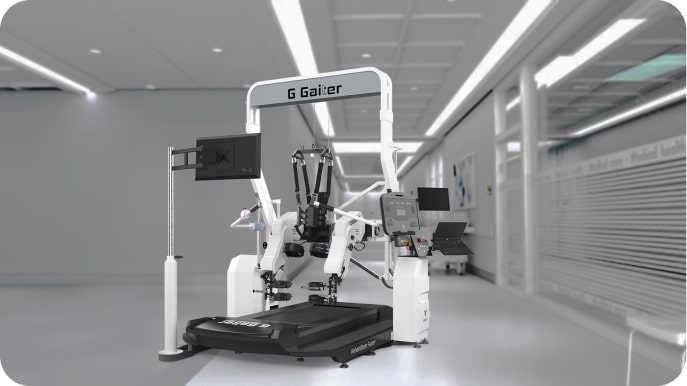
 Through this remarkable innovation, India takes a bold step forward, championing both technological advancement and the well-being of its youngest citizens.
Through this remarkable innovation, India takes a bold step forward, championing both technological advancement and the well-being of its youngest citizens.






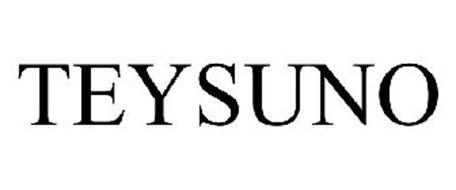

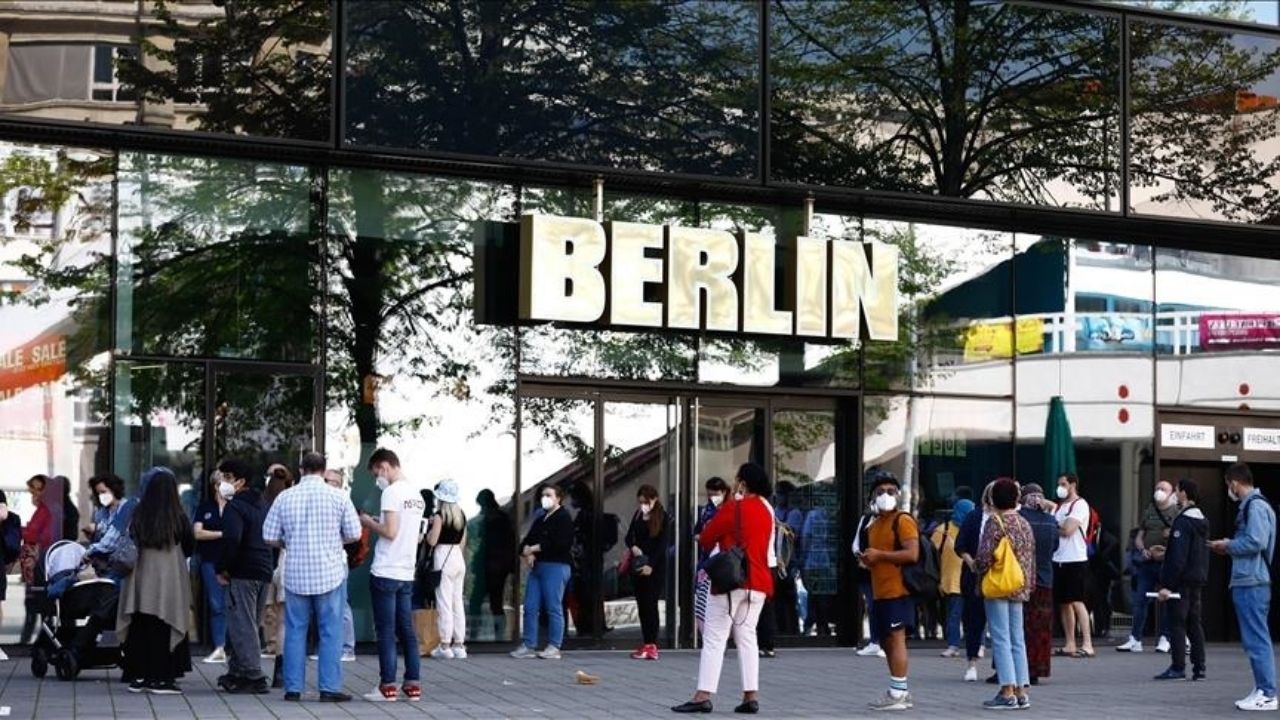
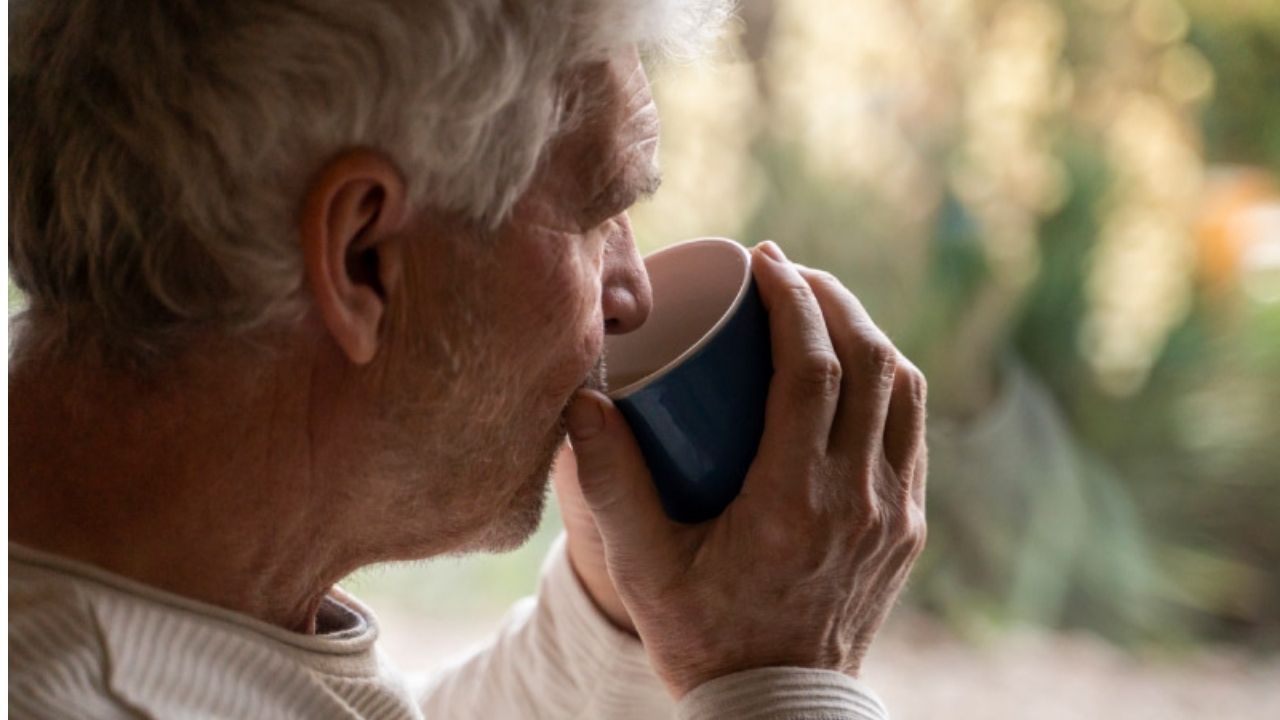

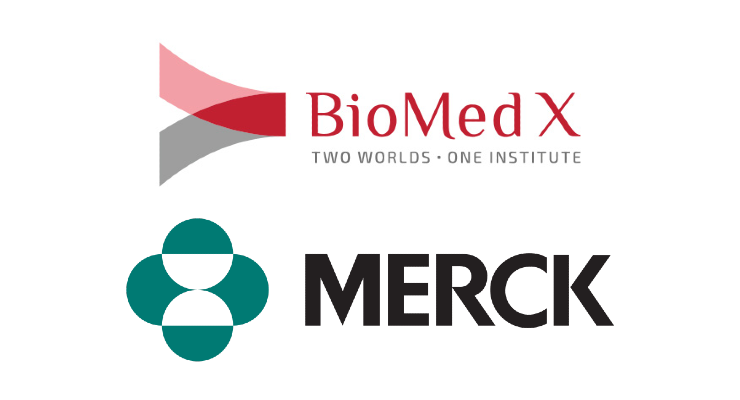
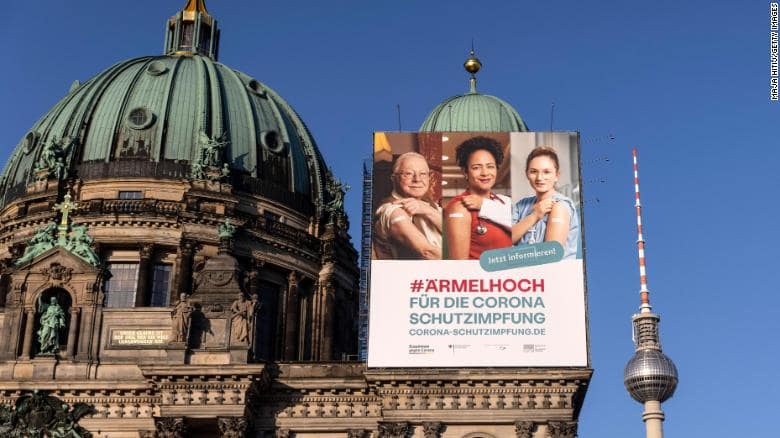
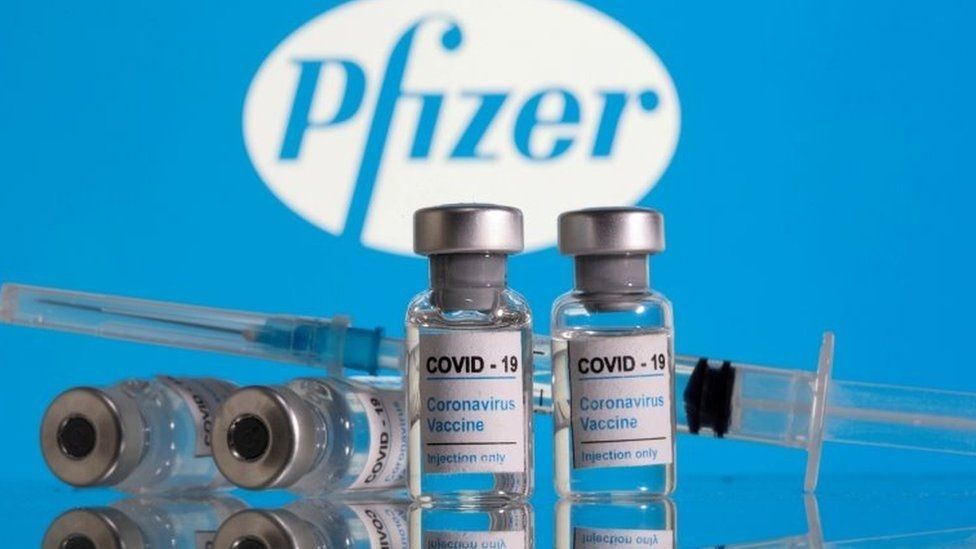
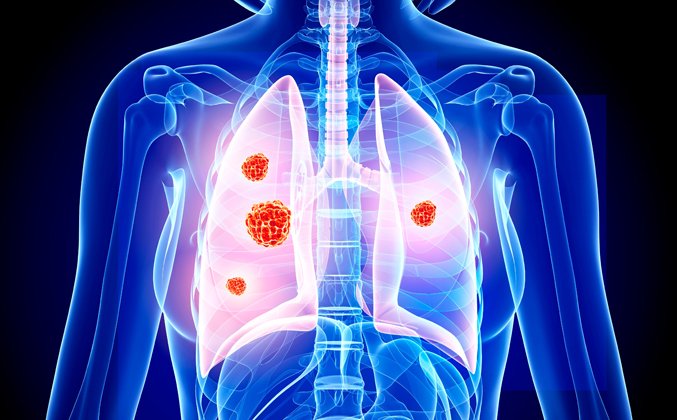
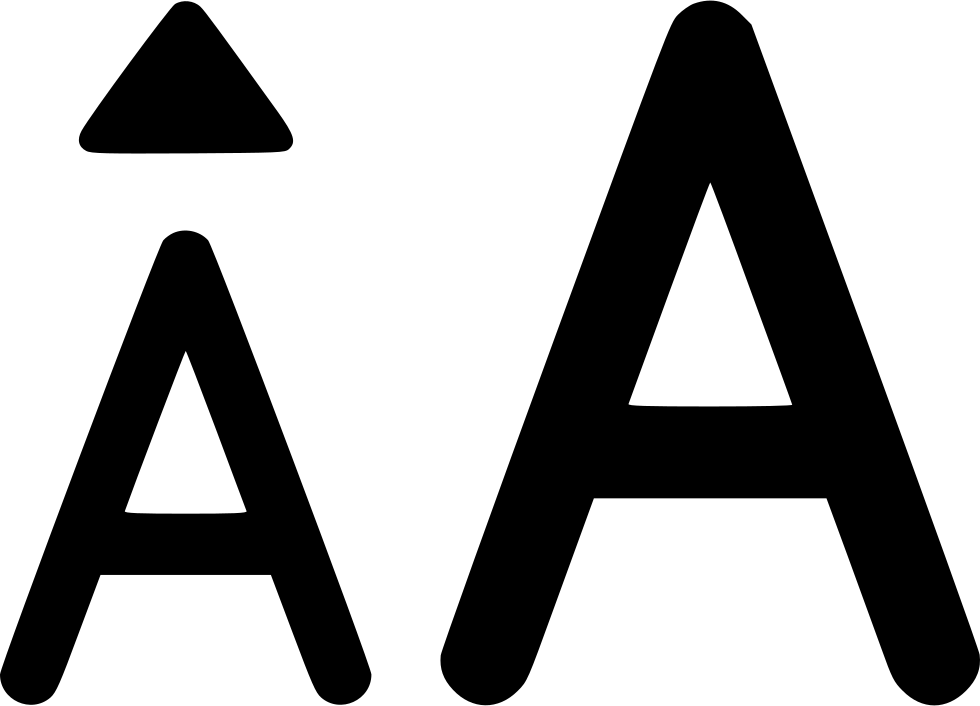




.jpeg)
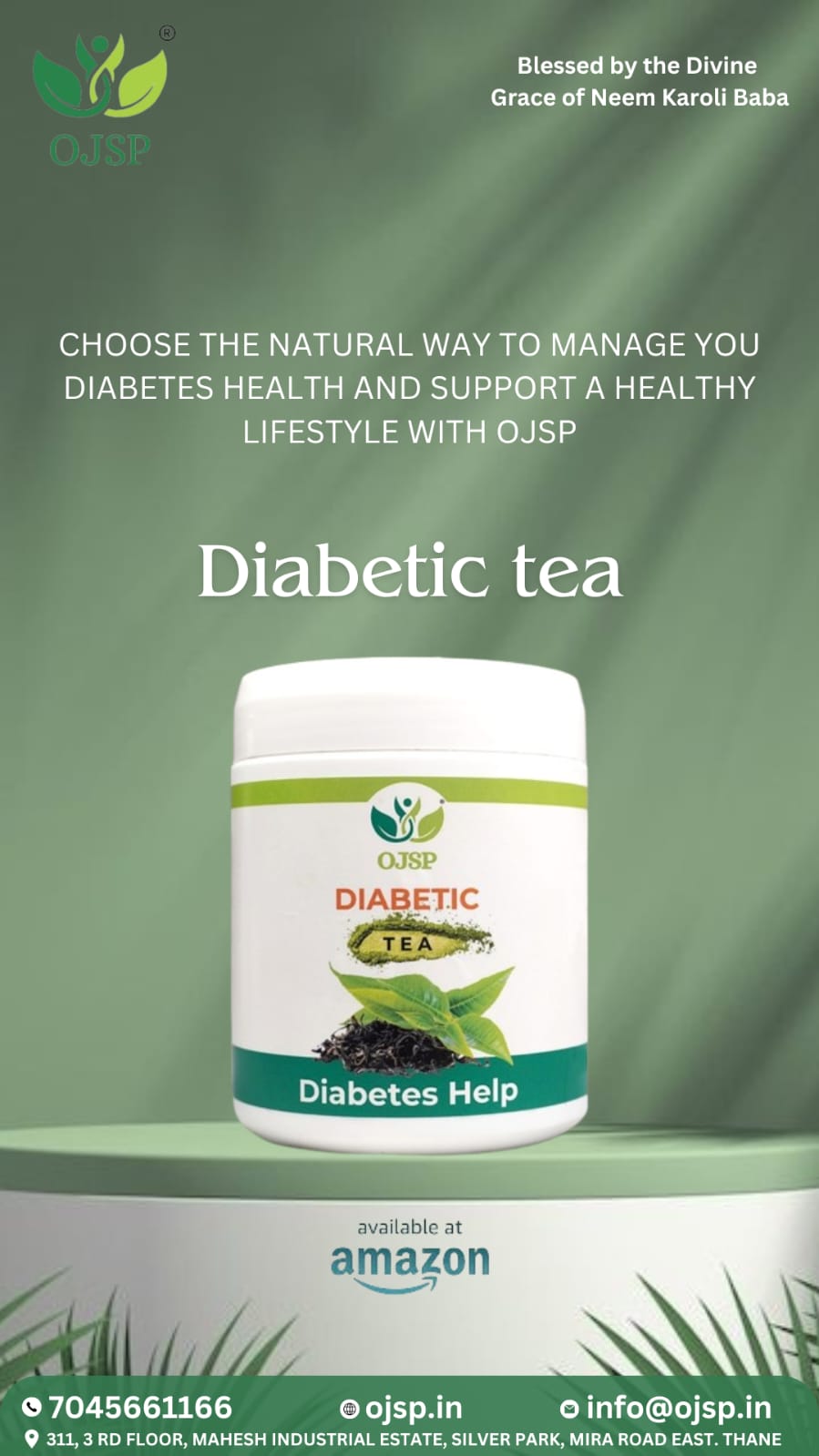
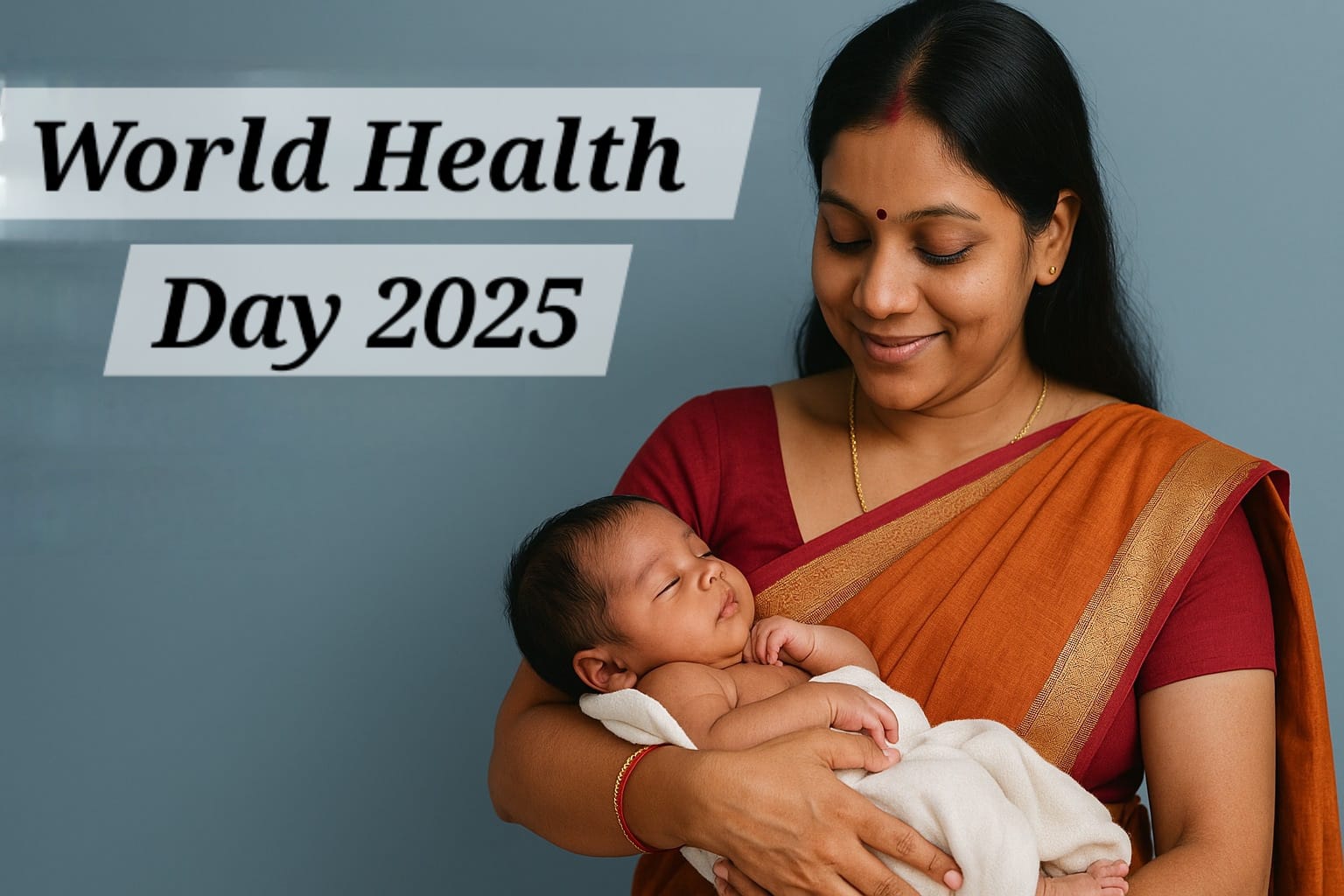
.jpeg)

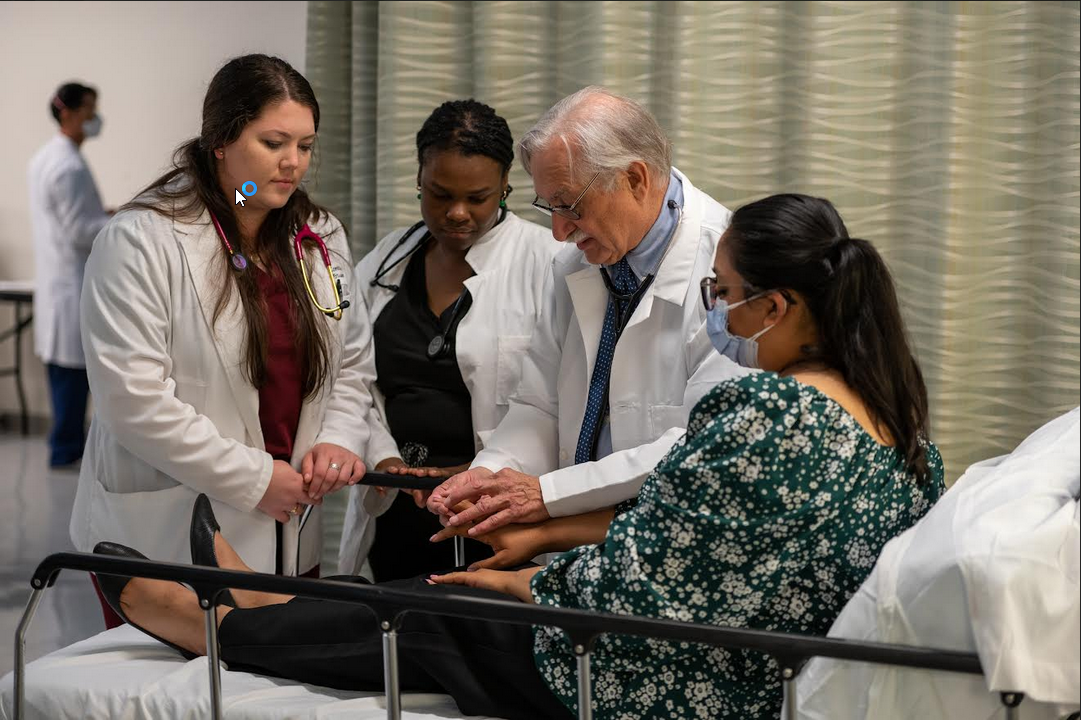

.jpeg)
.jpeg)






.jpeg)





